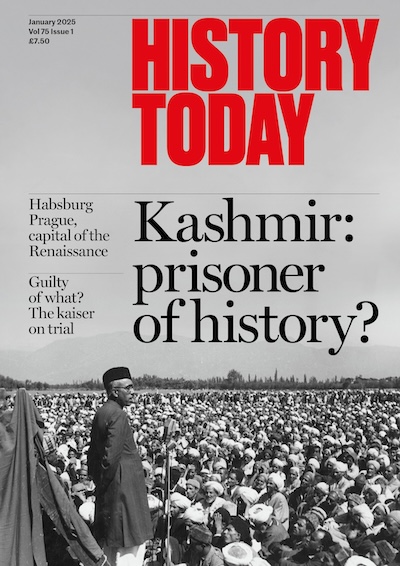Magic, Medicine and the Viking Way of War
Viking sagas tell of conflict and heroic voyages but are prone to fantasy and exaggeration. How accurate are their scant accounts of the treatment of those injured in battle? Brian Burfield examines the elusive practice of Viking medicine.

The burning and the smoke, the crush of men, the clash of shields, the cruelty of the blade and the screams of terror: the Viking battlefield must have been a terrifying sight, made all the more horrendous by the inevitable presence of wounded and dying warriors. The shouts and moans of the suffering would slowly replace the noise of battle. Soon, those men and women with ‘the softest hands’, who practised the healing arts, would be tasked with treating those who were still alive. The injuries could be varied and gruesome, from teeth smashed out of heads, arrow punctures and axe and sword cuts to more serious wounds, such as the loss of limbs and brains spilling out of broken skulls.







